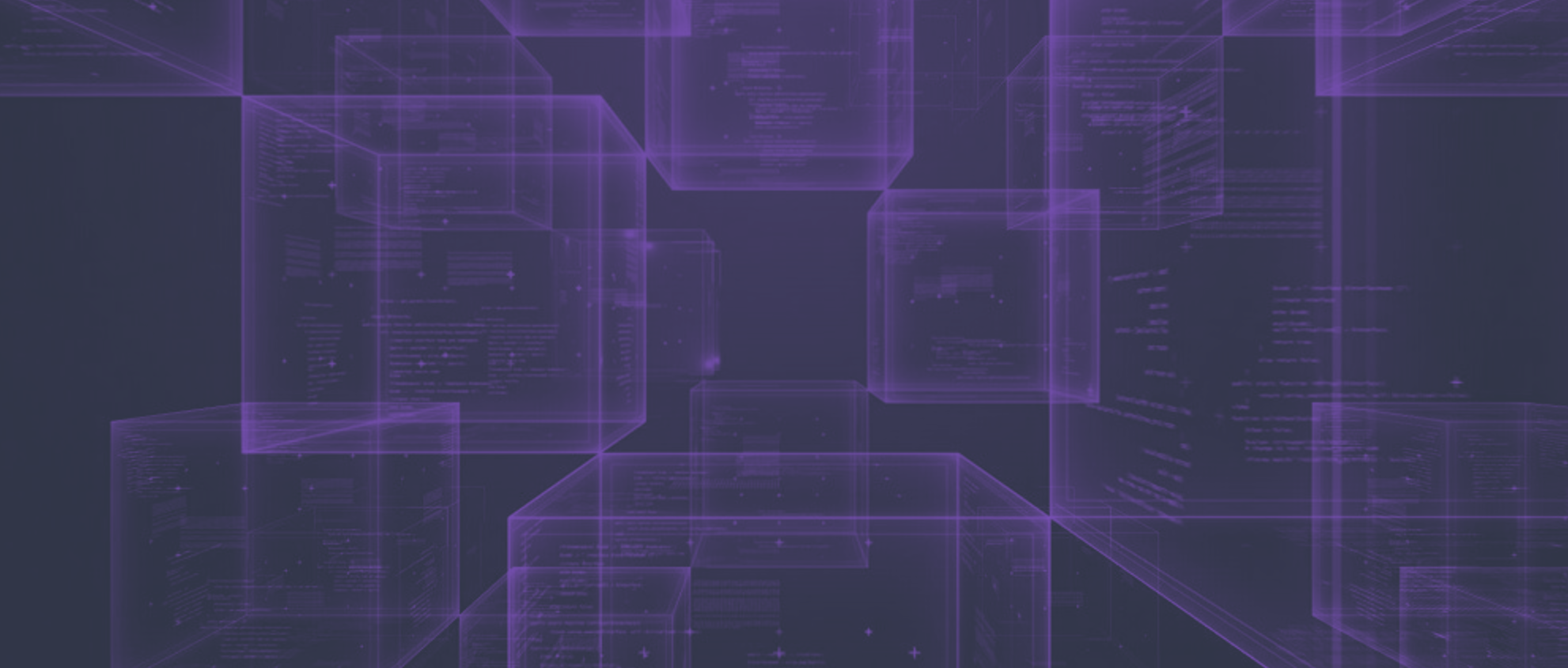The Blockchain (literally "chain of blocks") exploits the characteristics of a computer network of nodes and creates a ledger that contains data and information (e.g. transactions) to be managed and updated in an open, shared and distributed manner without the need for a central control and verification entity. It is all done in a unique and secure manner.
Blockchain technologies are included in the broader family of Distributed Ledger technologies, which are systems that rely on a distributed ledger that can be read and modified by multiple chains on a network. In order to validate changes to be made to the registry, in the absence of a central entity, nodes must reach consensus. The ways in which consensus is reached and the structure of the ledger are some of the features that characterise different Distributed Ledger technologies.
Blockchain technologies are included in the broader family of Distributed Ledger technologies, which are systems that rely on a distributed ledger that can be read and modified by multiple chains on a network. In order to validate changes to be made to the registry, in the absence of a central entity, nodes must reach consensus. The ways in which consensus is reached and the structure of the ledger are some of the features that characterise different Distributed Ledger technologies.
THE CHARACTERISTICS OF BLOCKCHAIN TECHNOLOGY

DECENTRALISATION
Information is recorded by distributing it across multiple nodes to ensure cyber security and system resilience.

TRACEABILITY OF TRANSFERS
Each item on the register can be traced back to its exact origin.

DISINTERMEDIATION
Platforms allow transactions to be handled without intermediaries, i.e. without the presence of trusted central entities.

TRANSPARENCY AND VERIFIABILITY
The content of the register is transparent and visible to all and easily accessible and verifiable.

IMMUTABILITY OF THE REGISTER
Once written on the log, the data cannot be changed without the consent of the network.

PROGRAMMABILITY OF TRANSFERS
Ability to schedule certain actions that are performed when certain conditions occur.
Blockchain technology is part of a complex and constantly evolving Universe that can be defined as the "Internet of Value", i.e. those systems that make it possible to exchange value on the Internet with the same simplicity with which information is exchanged today. Nexo Corporation was the first company to use this system to certify training for the Prof. Philip Kotler events, starting with the 2020 edition of the electronic World Marketing Summit. It is used as a tool for transparency as it preserves the authenticity of the ticket that was sold. It is a useful system for creating clear and transparent records to monitor participant information.



